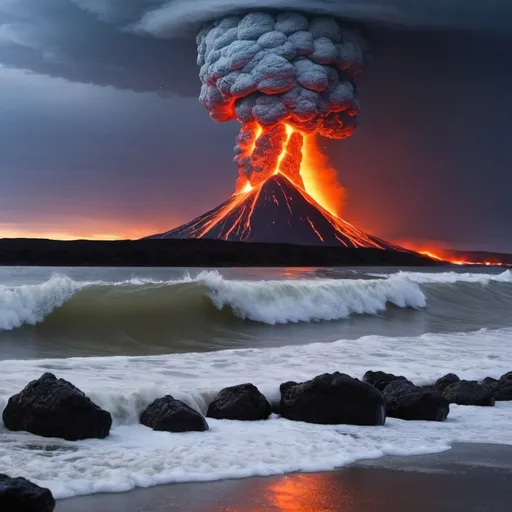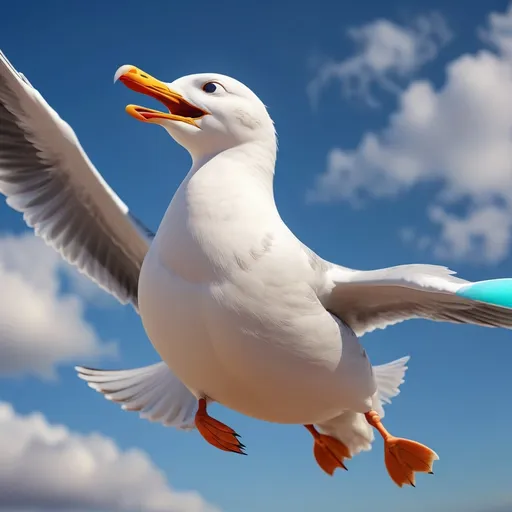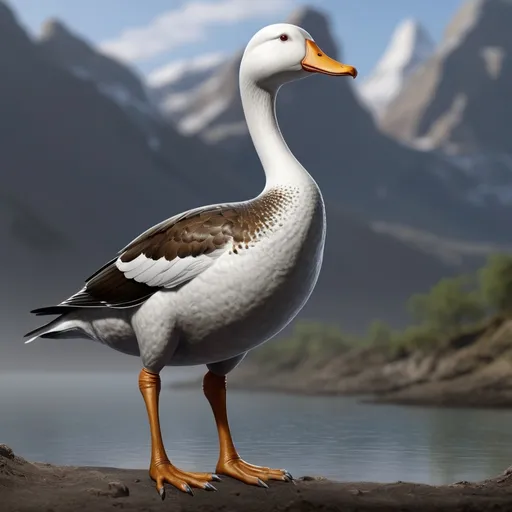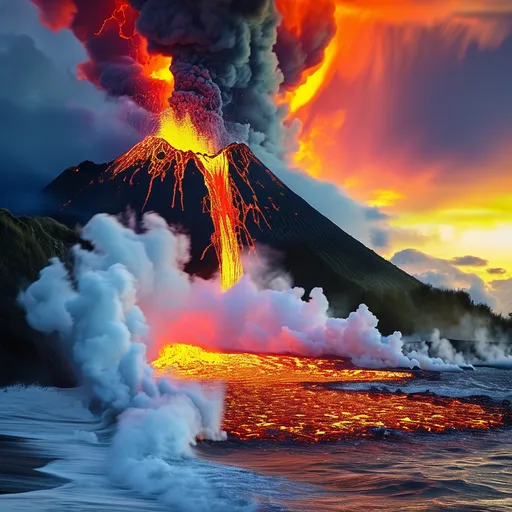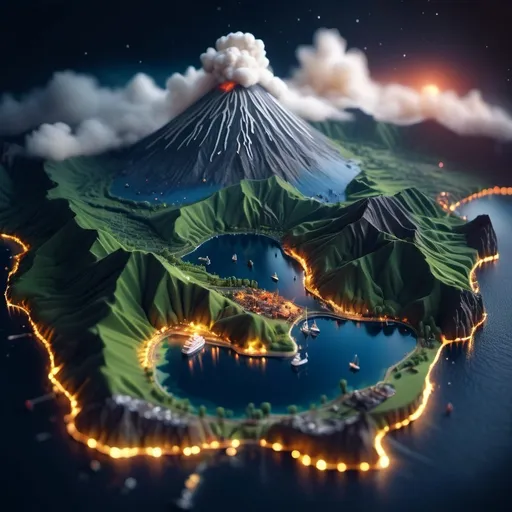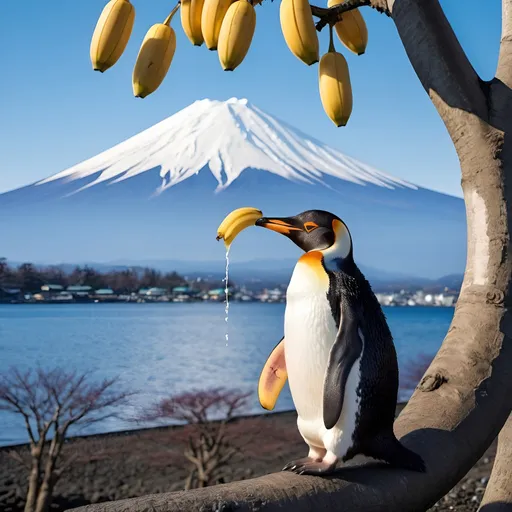Model: OpenArt SDXLSampler: DPM++ 2M SDE Karras
Prompt:
seagull carrying a volcano burping bubbles pooping mushrooms
Width: 1024
Height: 1024
Scale: 7
Steps: 25
Seed: 1436769130
Create your first image using OpenArt.
With over 100+ models and styles to choose from, you can create stunning images.


